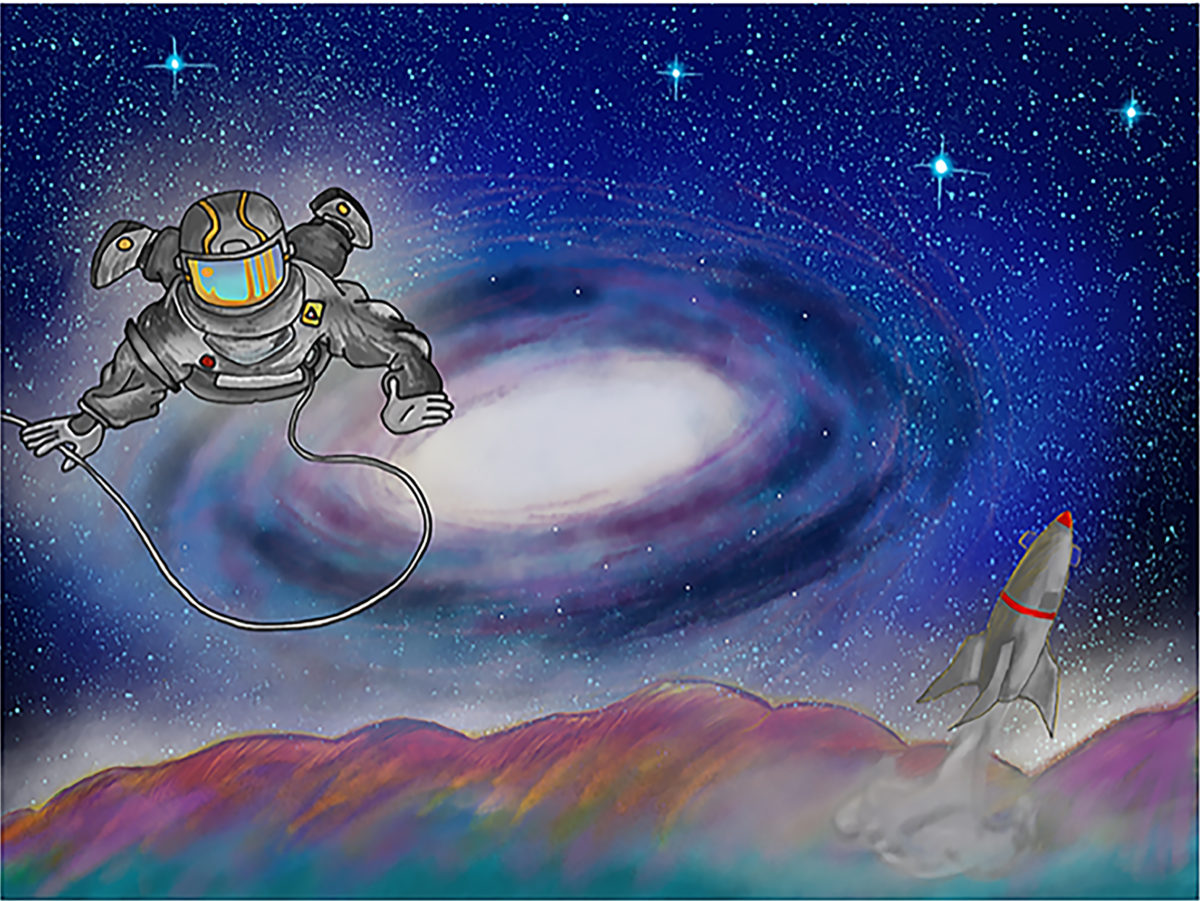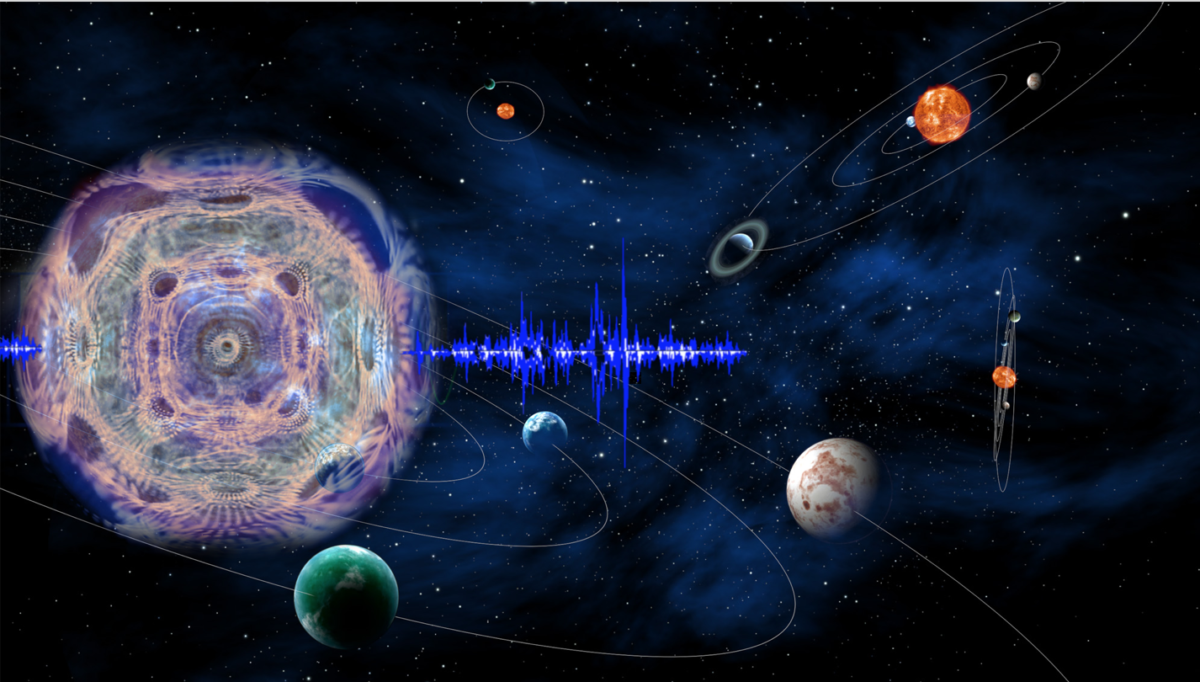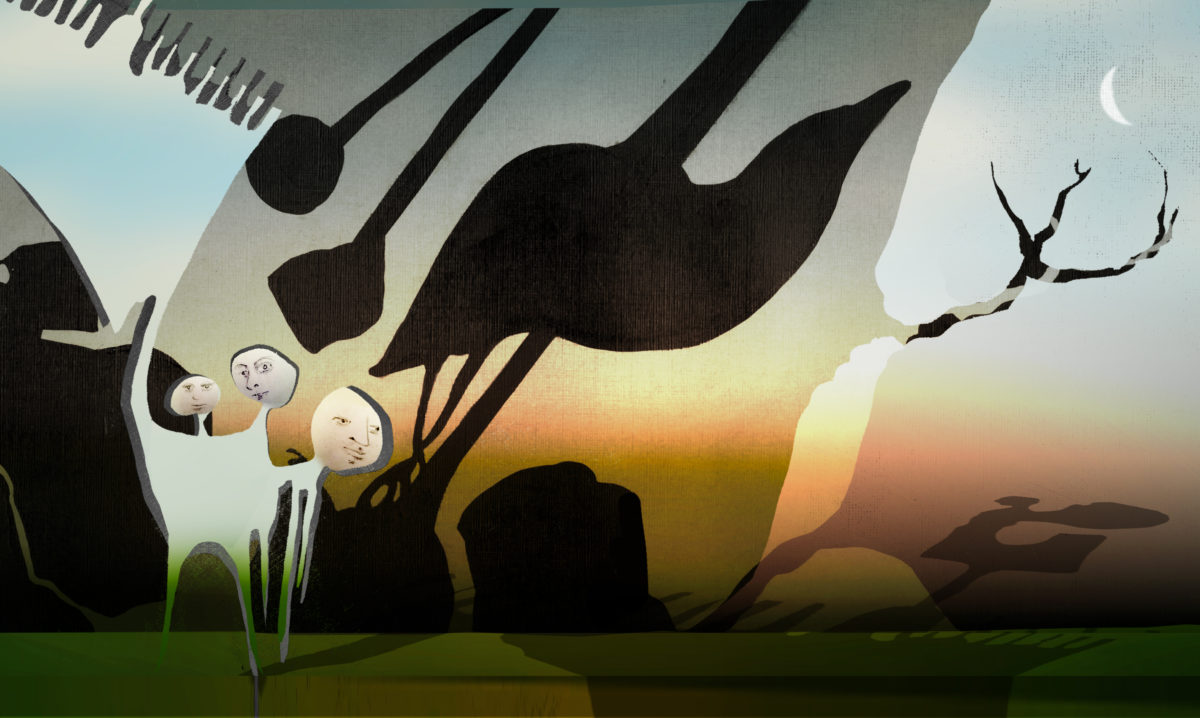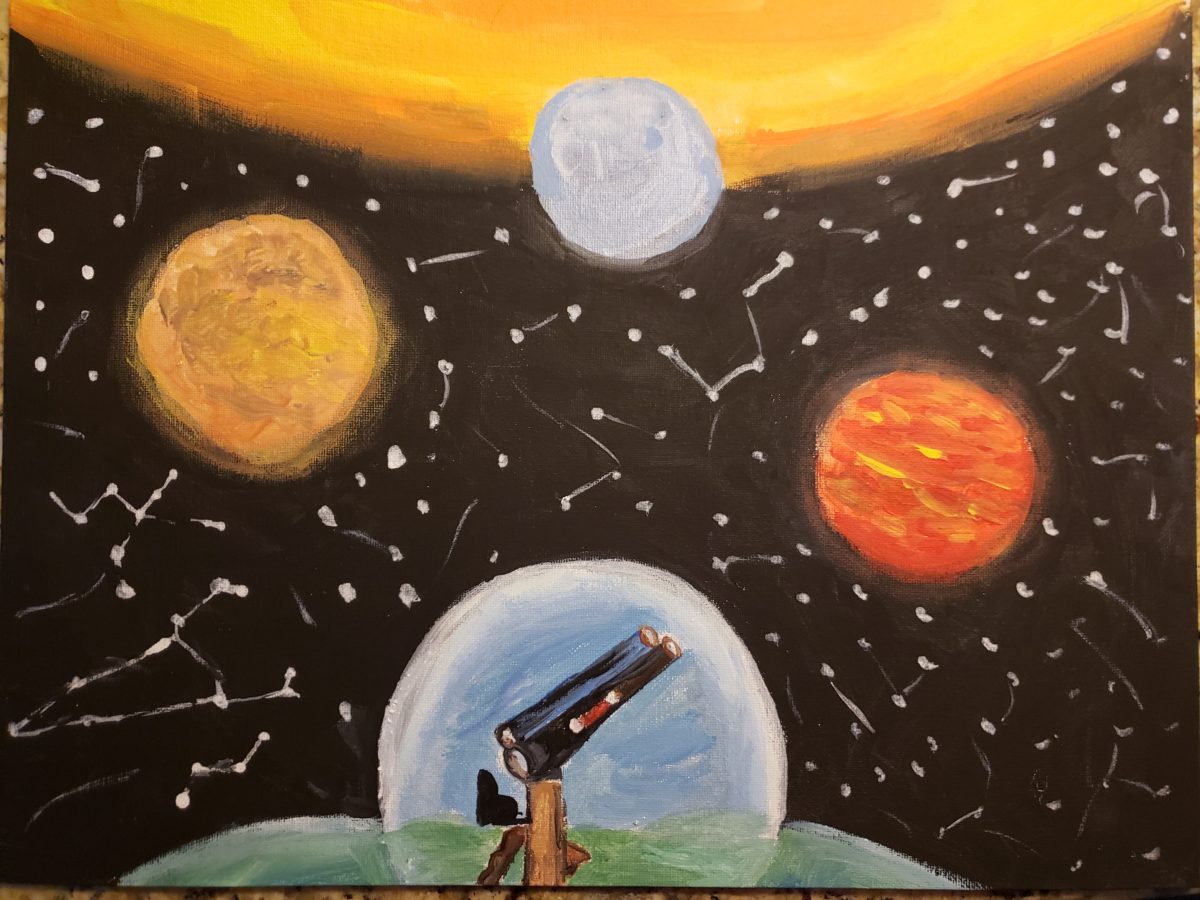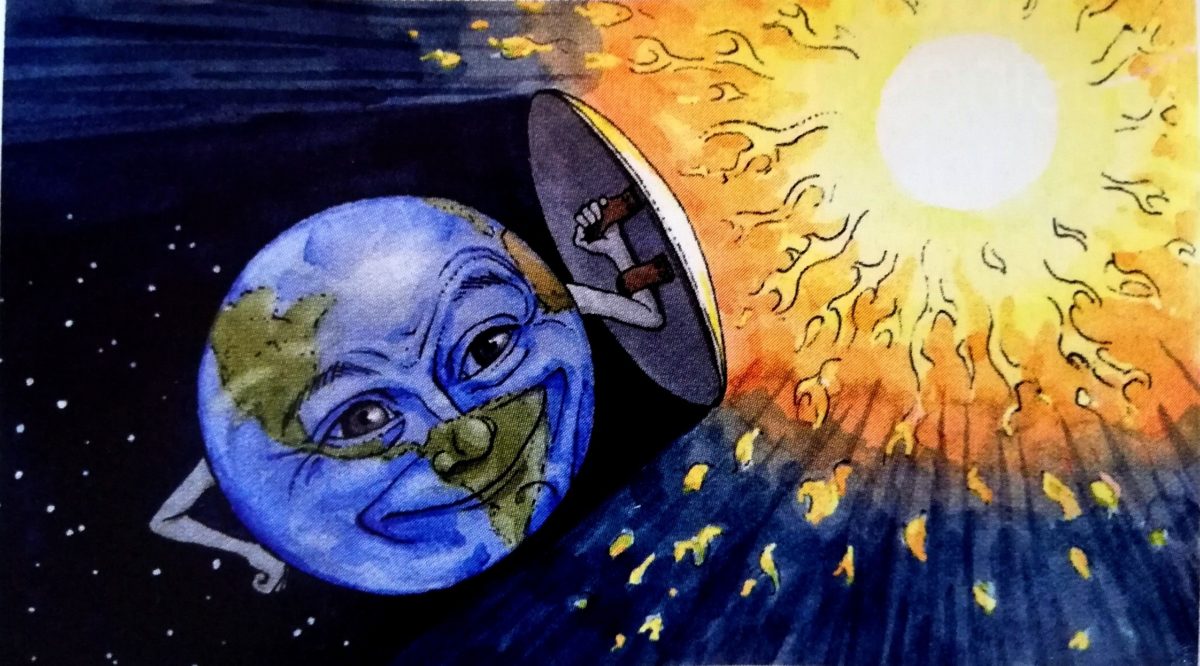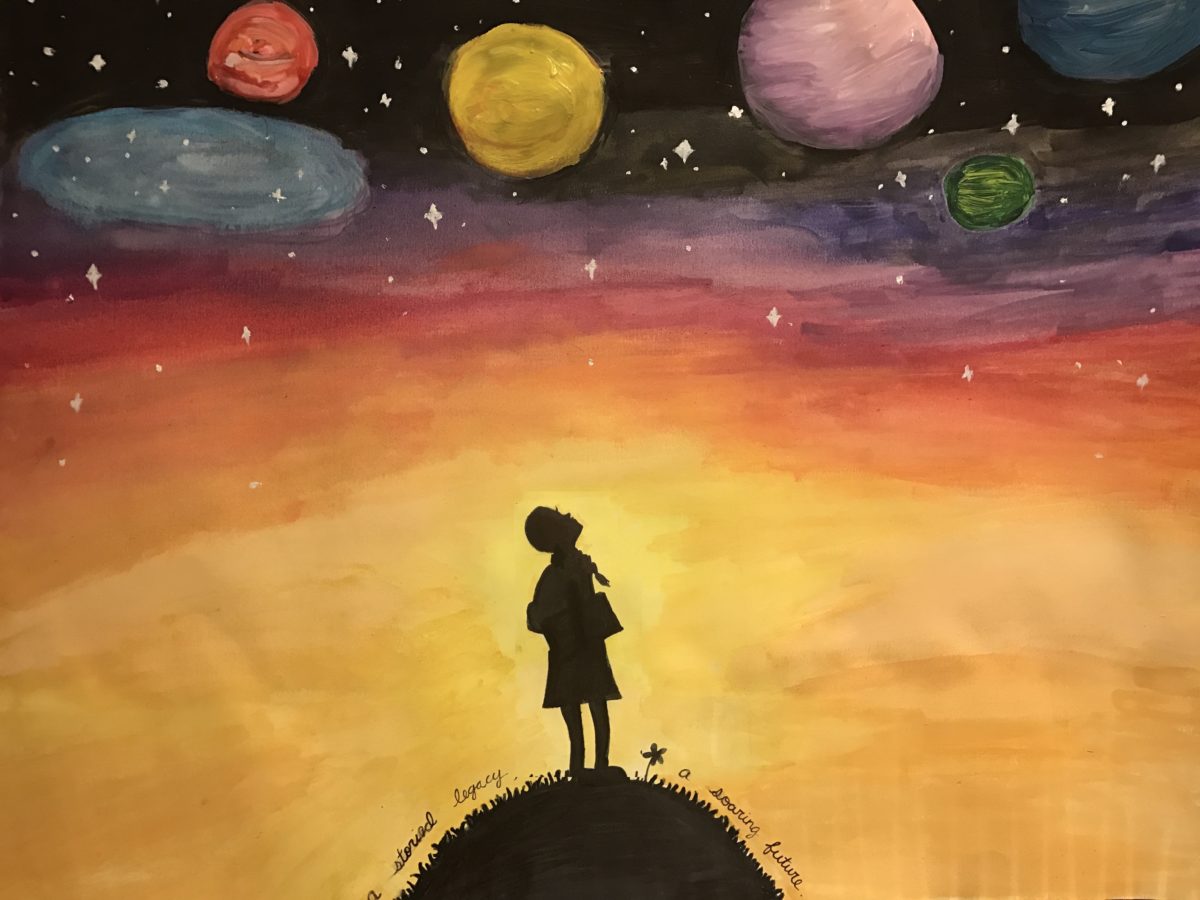On a bleak December evening in 1915, a German lieutenant scribbled away in his notebook as the World War I raged outside the trench on the Russian front. The barrack reverberated with the noise of war; exploding of shells, shouting of orders, whistles and the cries of wounded men. As he pored over Einstein’s paper, he was more and more incredulous. What his calculation proved was that if any mass is compressed to fit a certain radius, something very strange happens; no known force would stop it from collapsing and nothing would be able to escape that radius. He had found the first exact solutions to Einstein’s equations of general relativity. He slams the papers down and sits back in his chair. “I must write to Einstein”, he thought.
That 40 year old lieutenant was physicist and astronomer Karl Schwarzschild. The radius he conjured while bullets whizzed over his head later became to be known as the Schwarzschild radius. It defines a surface known as the black hole event horizon, a bottomless hole in space beyond which no information can escape and physics breaks down fundamentally.
The enigma of black holes exceeds the fact that they were worked out on the front line of World War I. Originally, they were merely a thought experiment on paper. Einstein loved thought experiments and although he found their mathematics accurate and beautiful, he brushed the idea off as an implausible concept thinking that nature would protect us from their formation. However, now we know that it doesn’t. Nature creates them by killing off stars, over and over again. As star matter collapses, it gets packed and a black hole forms.
Not only do black holes exist, but they’re also abundant in the Universe. Our galaxy alone is home to a few hundred billion stars. About 1% are big enough to collapse at the end of their lives and become blackholes. So that’s a lot of black holes already, not to mention the supermassive black hole that lurks at the centre of our galaxy and weighs a hefty equivalent of few million suns.
Black holes have starred two of the most exciting discoveries of our century. In 2015, two blackholes, each about 30 times the mass of the sun, crashed into each other creating a larger blackhole and sending mighty cosmic quivers through space and time. The “ringing sound” of this collision could be picked up by LIGO, the most sensitive measuring instrument ever created. The historic Nobel prize-winning detection revealed secrets about the origin and evolution of black holes, and about extreme cosmic neighbourhoods.
More recently the world saw the first picture ever of a blackhole. It was snapped by an Earth-sized virtual telescope made of connected radio dishes around the globe. This virtual telescope has the highest magnifying power of all devices ever devised by human beings. How do we image a blackhole if it’s inaccessibly hidden beyond our grasp of observation? As the black hole devours matter towards it from very far distances, gas crushes in at nearly the speed of light and its temperature rises to hundreds of billions of degrees. Thus we have this incredibly hot gas around the blackhole waiting for its turn to get in, long enough for us to observe it as a glowing ring. The black hole’s silhouette lingers at the centre of the ring, a black void that stares back blankly.
One of the most intriguing aspects of a blackhole is that it doesn’t have anything physical at its surface. Thus all the information that a black hole can possibly contain is equivalent to the amount of information that can be packed on the surface of its event horizon. But things get even stranger. According to theorists, if an unfortunate astronaut falls into this cosmic abyss, to us outsiders her time will be observed to slow down, and it stops at the event horizon. So although to her it may seem that she has crossed it and met her fate, to us it will look like she is smeared on the outside of the event horizon and never gets inside.
What actually happens in their shadowy regions is a perennial mystery. Currently our laws of physics are incomplete and we just have no idea. It’s where two fundamental theories describing our world clash head on: quantum theory, the physics of the tiny, and the theory of Einstein’s theory of spacetime and gravity which describes the very largest scales.
Although they are firmly facts of science, blackholes can be stranger than fiction and what happens inside their event horizon, so far stays in the event horizon.
Illustration: NASA-Langley.

